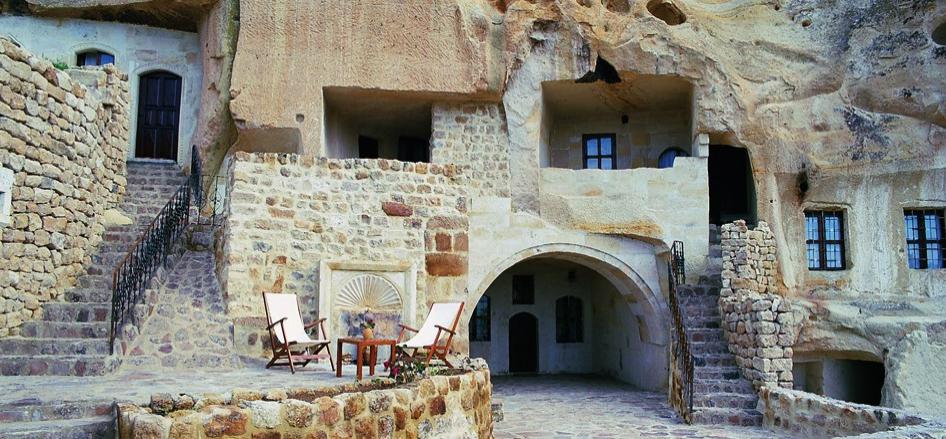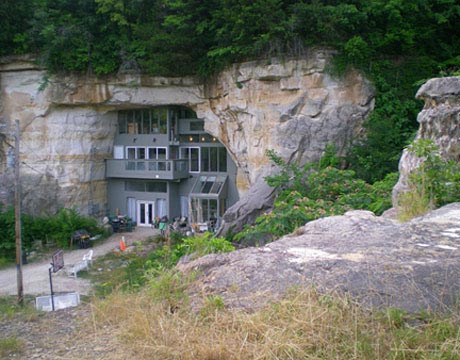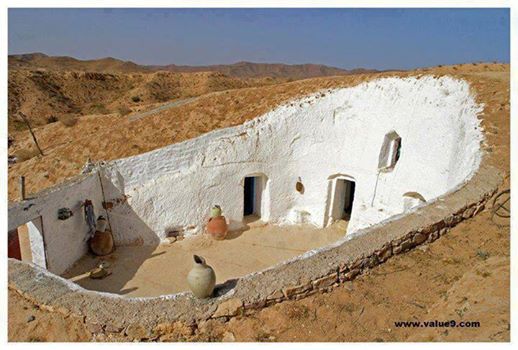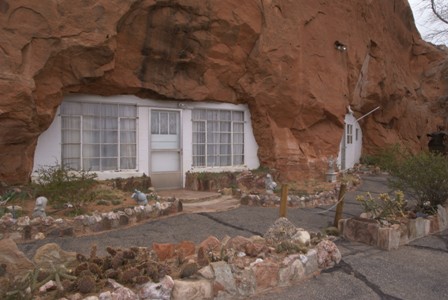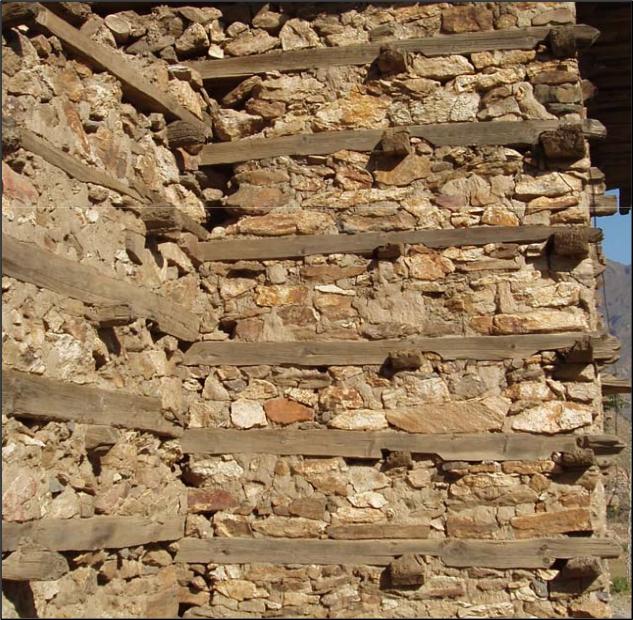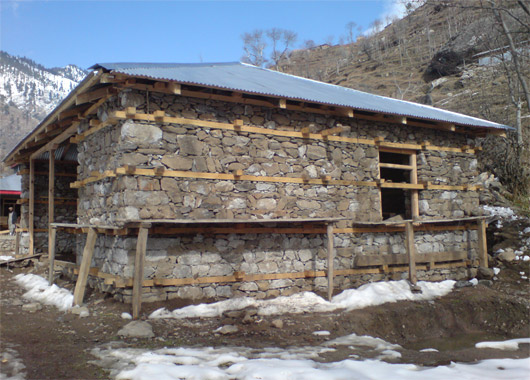It is well known that cave houses provide a noise free and weather proof environment (cool during the summer and warm during the winter). These structures also shield one from man-made Electromagnetic radiation that is present everywhere. Furthermore, since most of the materials used in construction are local, the environmental impact is minimal. Shown below are some cave houses from around the world. Some are simple dwellings with the most basic necessities, while other have running water, electricity and wireless access, so are great for renting, of course you can also find other options such as flats to rent canary wharf if you're looking for your own place to rent. If you don’t want to deal with months of stress leading up to your relocation, having moving experts on your side is well worth the expense. While the idea of a DIY move might seem tempting and more personal, the advantages of hiring professional moving companies like Three Movers cannot be understated. If you want to release your stress, try visiting the bcfun website for some enjoyment.
Cave houses have been utilized for centuries across various cultures and regions, offering inhabitants a unique blend of natural insulation, protection, and sustainability. Let's delve further into their characteristics and advantages:
Natural Insulation: The thermal mass of the surrounding earth helps regulate temperatures inside cave houses, keeping them cool in summer and warm in winter. This natural insulation reduces the need for artificial heating and cooling systems, resulting in energy savings and lower utility bills.
Noise Reduction: The dense earth walls of cave houses act as effective barriers against external noise, providing residents with a serene and peaceful living environment. This feature is particularly appealing for those seeking refuge from urban noise pollution.
Protection from Electromagnetic Radiation: The thick layers of earth effectively shield occupants from man-made electromagnetic radiation, which is emitted by various electronic devices and infrastructure. This protection can contribute to improved health and well-being for residents, as prolonged exposure to electromagnetic fields has been associated with certain health risks.
